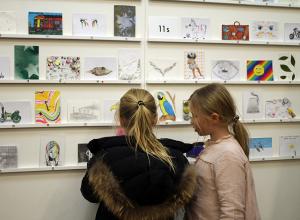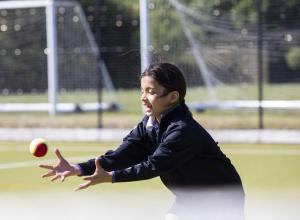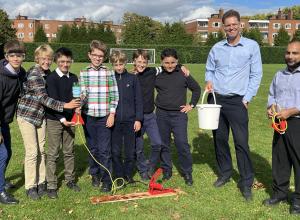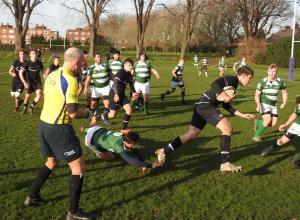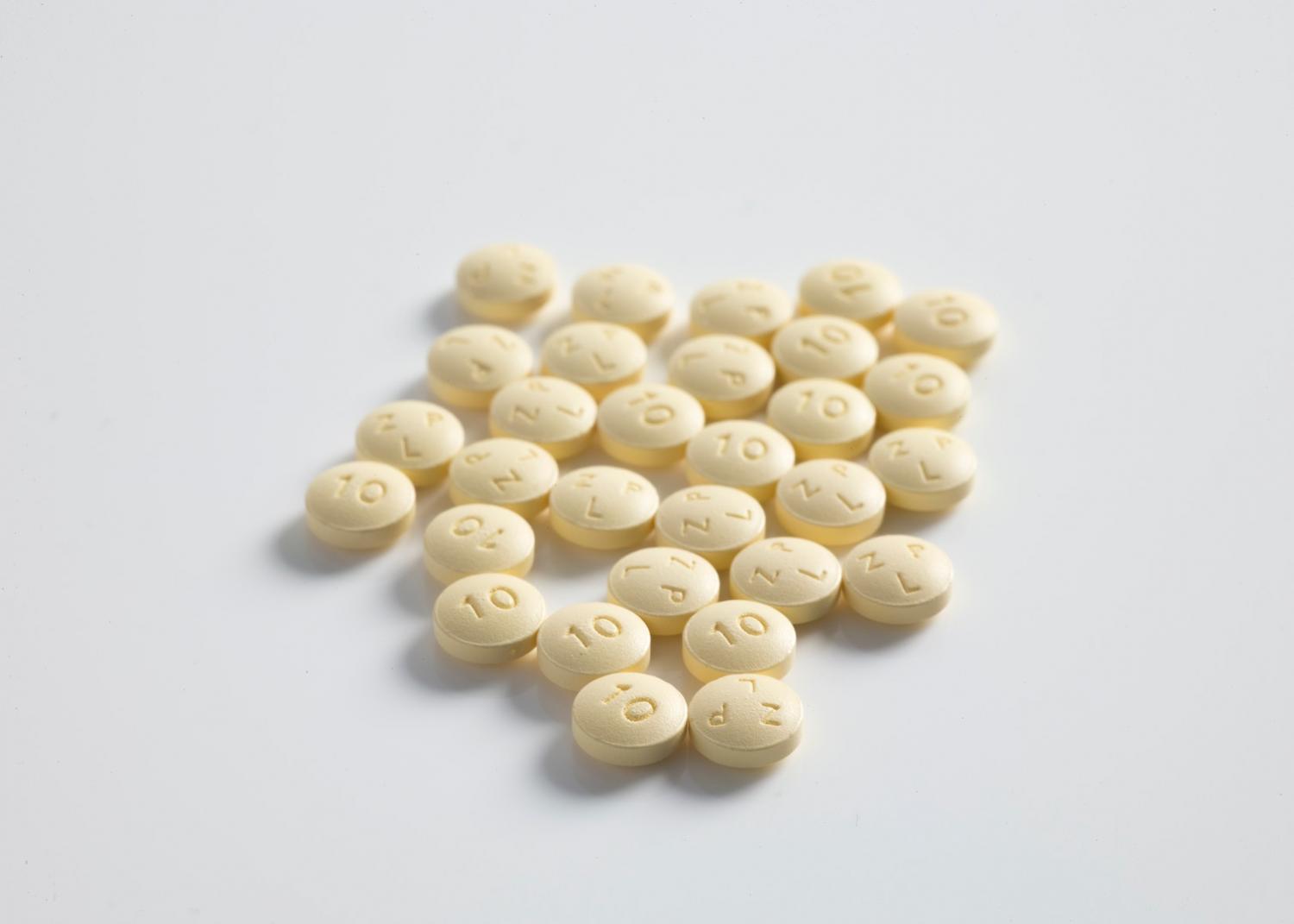
Telling teenagers to ‘Just say No’ to drugs won't work. Grown-up and caring discussion of hard facts about illegal substances and the brutal trade in them is more likely to deter, argues Andy Woodward
‘Don’t take drugs, kids’
Along with an added bit about not getting pregnant either, the above probably sums up most older people’s memory or expectation of PSHE presentations at school. That message long since reached the status of cliché, pilloried widely across the culture, my favourite version delivered by Bill Nighy’s character in Love Actually (I won’t quote it here!). And it’s true. Grown-ups telling teenagers never to take drugs are often greeted by something between an eye-roll and a smirk – even by those who have no intention of doing so. Yeah, yeah, they know…
Grown-ups telling teenagers never to take drugs are often greeted by something between an eye-roll and a smirk
And yet. The vast majority of us, parents and educators, surely don’t want our kids to take drugs. Ever, preferably. Certainly not while children. And for good reason too – drugs have not got safer, better regulated, less worrisome since we were their age. By contrast, most street drugs have become stronger, easier to access and the trade around them more brutal and exploitative. I am entirely convinced that our children are significantly less safe if taking illegal substances. So how do we persuade them of that fact? Needless to say, I don’t have all the answers or I’d be a very wealthy chap! However, we spent plenty of time discussing this topic across the Senior School in PSHE last term and also hosted two excellent visiting speakers addressing the issues involved with each year group. On reflection therefore, I believe the following approaches to be more fruitful than us solely preaching at our youngsters.
1) Just the Facts: this is a pretty well-established notion, but still worth trying at home. It is in contrast to us presenting a primarily moral judgement (‘don’t do drugs because it’s WRONG’), which may indeed appear judgmental or, depending on one’s own life experience, even hypocritical. Rather, this approach counsels a dispassionate presentation of the true facts about specific drugs – the possible physical, psychological and social impacts, granting young people the trust to subsequently work out for themselves that, well, this may be a terrible idea (sadly, not always a binding conclusion). Our own views, beliefs and expectations, particularly as parents, are of course always valid and important – but it may be beneficial to go in facts-first on this one, our personal conclusions then appearing as earned and well-based.
Kids need to know – with no holds barred – that drugs are risky, addictive, harmful to the brain, illegal, and sourced through suffering
It is certainly the approach most in vogue at present, as seen by popular resources like the government’s ‘Talk to Frank’ and by most school speakers on the circuit (“I’m not going to tell you not to take drugs – it’s up to you to make your own decisions”). The impression that youngsters are being treated like intelligent adults is normally assured by us also acknowledging that, yes, some effects are pleasurable and interesting, hence why people take them. However, kids also need to know – with no holds barred – that drugs are risky, addictive, harmful to the brain, illegal, and sourced through suffering (more on that later). It’s also really important that they have an opportunity to ask their own questions. Thus the better informed we all are about it all, the more likely we are to be able to communicate convincingly. It’s worth doing the research ourselves, and then talking about it over dinner at home without resorting to tears or threats.
One more note – there is a real temptation, certainly in schools, to go straight for the more terrifying facts. Whole presentations have been based on well-known fatalities and the imminent possibility of death or terrible harm. I have grown less convinced of this as an effective approach (despite every school having its own horror stories about pupils past or present – those things do happen). Teenagers feel invincible. They know death is a statistically unlikely outcome, at least in the short term, and they don’t believe it is on the cards for them. Therefore, most can feel appropriately sad but then carry on unaffected. I believe that more purchase can be gained when we truthfully link drug use to academic underachievement, poor mental health, addiction, impaired motivation and productivity, future employability, the likelihood of being a victim of crime, or even just the fact most drugs make people really socially tedious!
2) Shining a light on the drugs trade: I have come, not too naively I hope, to believe that us focusing upon others may be as effective than focusing on the potential harm risked by our children themselves. This could mean us highlighting to youngsters the journey a drug makes before it reaches them, rather than the drug itself. Most young people want to believe, whatever the truth of the matter, that they are ethical and ‘woke’ – ‘good people’ making a difference. While more popular manifestations of this may be veganism or recycled fashion, there is certainly leverage in showing them the ethical disaster zone that is the drugs trade (the pornography industry too, but that’s another matter…).
At every stage – the growing/manufacturing, the smuggling via ‘mules’, the movement of supplies, the dealing – the vulnerable are being exploited.
At every stage – the growing/manufacturing, the smuggling via ‘mules’, the movement of supplies, the dealing – the vulnerable are being exploited. This is being made ever clearer as the police get to grips with brutal ‘county lines’ gangs, exposing their control of children as runners, the ‘cuckooing’ of homes, the ready use of violence. Hammersmith has featured prominently in recent police raids and news reports. Involvement in drugs around here is involvement with dangerous and pitiless criminal elements. If there is a moral note to be sounded, I would suggest it be sounded in this direction rather than at the inherent concept of drug-taking as an evil in itself. Our young people want to be a bit edgy and rebellious. They perhaps don’t want to see themselves as helping exploit those less fortunate than themselves.
3) You matter most: the key thing to say is that we must be proactive, not reactive, when it comes to speaking to our children about drugs. A panicked crisis-meeting following a concerned call from school is not a useful platform for a first conversation. In fact, many of the issues and attitudes our children are likely to have were long since established by what they’ve grown up seeing and hearing at home. And actions do speak louder than words. If drug-taking has been occurring around your child, it will then naturally prove harder to keep them from investigating for themselves – we all learn our norms at home. Indeed, while the matter is complex, there is significant evidence linking parental substance abuse to the increased likelihood of such issues for their offspring. Aside from those fundamentals however, there are issues around our stated expectations – we must be very careful of a throwaway comment such as “well I can guess what you lot are getting up to”, lest we trigger the well-known Pygmalion effect: ‘what one person expects of another can come to serve as a self-fulfilling prophecy’.
The key thing to say is that we must be proactive, not reactive, when it comes to speaking to our children about drugs.
There is also the contentious and oft-debated matter of parenting style itself. However, while numerous studies have examined the impact of parenting approaches upon child behaviour and substance abuse, generally counselling a stricter (but loving) approach as effective, it is worth noting that a recent 2-year European study put greater emphasis on the role of peer influence. A 2013 academic paper also found that children are 43% more likely to smoke marijuana if the mother of their key friend was ‘neglectful’ rather than ‘authoritative’. In short, it matters a great deal that parents have some awareness of where their children are, and who with, when not under their own roof. And, needless to say, in all the above, we will reap untold benefits if we have indeed invested in keeping the channels of communication open and maintaining the sort of relationship with our surly teenaged children that lends itself to honest disclosure.
I hope some of this may prove useful. West London can be a tough place to keep our children from drugs. If they are walking through Hammersmith Station then they are probably being offered them on occasion, although much dealing now actually occurs through websites and chat groups. To repeat an oft-stated message however, parents do retain far more power and influence over adolescents than may appear to be the case from their sighs and shrugs.
I am aware that this post has referred to ‘drugs’ as if they are all the same. Clearly that is not the case and some are worse than others, as reflected in the government’s classification system. But do resist the urge to exempt cannabis as basically harmless. While it has admittedly been legalised (and thus more regulated) elsewhere, the British variant is particularly potent and is very much criminally controlled, with various experts insisting it is more practically addictive than supposed, and that it can do great harm, both in itself and as a gateway to more and worse drugs.
By no means all children try drugs. Fewer still go on to take them regularly. Many young people are far more sensible than we give credit for. However, if we really don’t want ours to be among the numbers who do, then it’s worth considering our own strategy, research, relationships and the example we set, long before ever finding ourselves surprised by a situation we never saw coming.
Feedback on this blog is welcome to: website@harrodian.com

